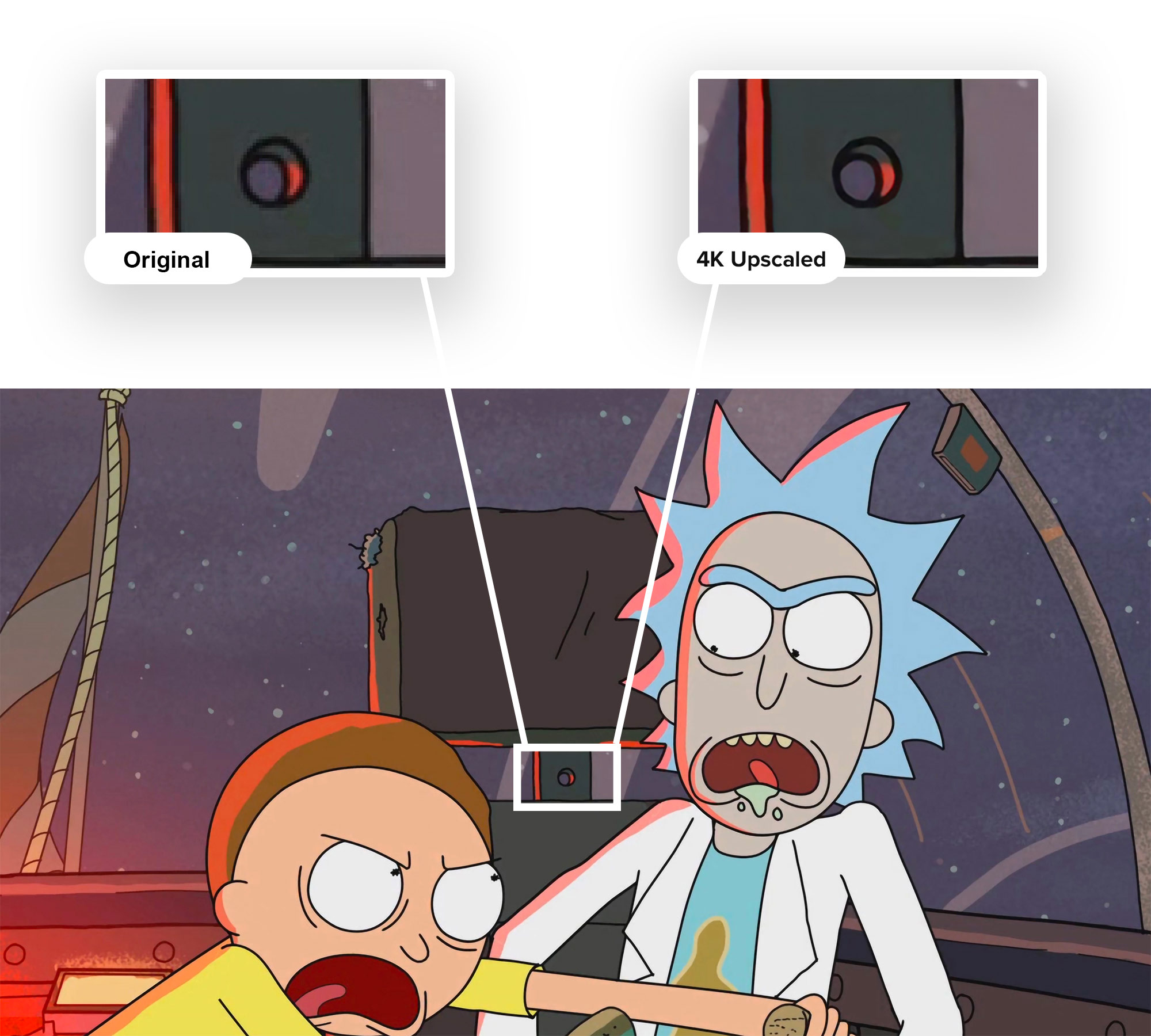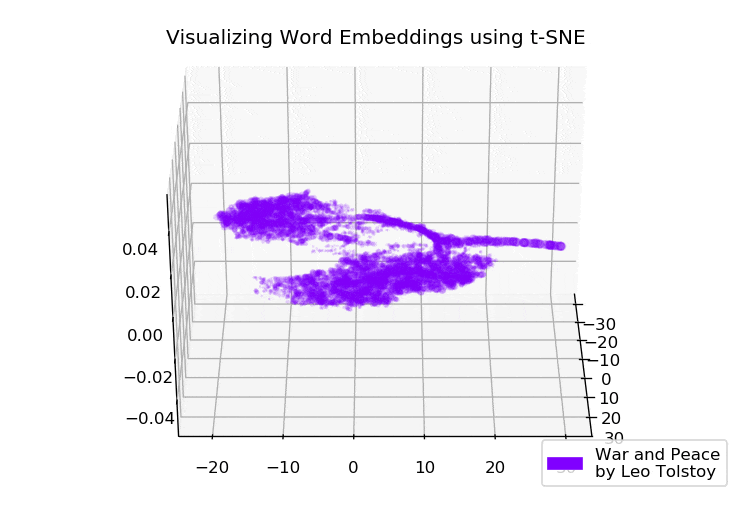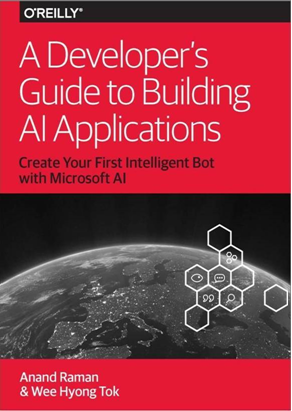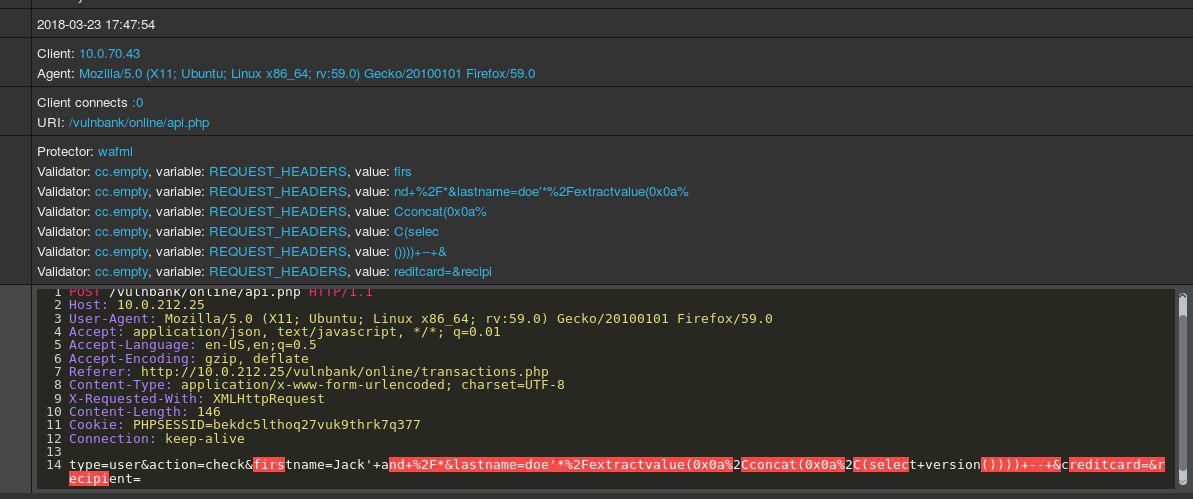You’ve probably heard about
Yandex’s DeepHD technology they once used to improve the quality of old Soviet cartoons. Unfortunately, it’s not public yet, and we, regular programmers, don’t have the dedication to write our own solution. But I personally really wanted to watch Rick and Morty on my
2880x1880 Retina display. And I was deeply disappointed, as even
1080p video (the highest available for this series) looks really blurry on a Retina display! Don’t get me wrong, 1080p is often good enough, but Retina is designed in such a way that an animation with its pronounced outlines in 1080p looks awfully blurry, like 480p on a FullHD monitor.
I decided I want to see Rick and Morty in 4K, even though I can’t write neural networks. And, amazingly, I found a solution. You don’t even need to write any code: all you need is
around 100GB of free space and a bit of patience. The result is a sharp 4K image that looks better than any interpolation.











